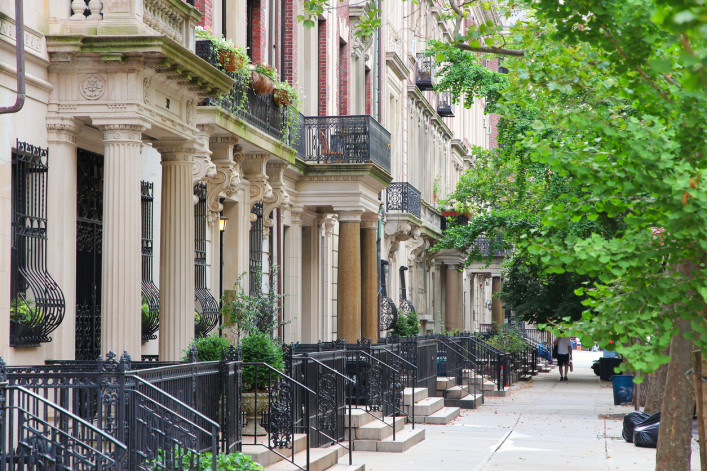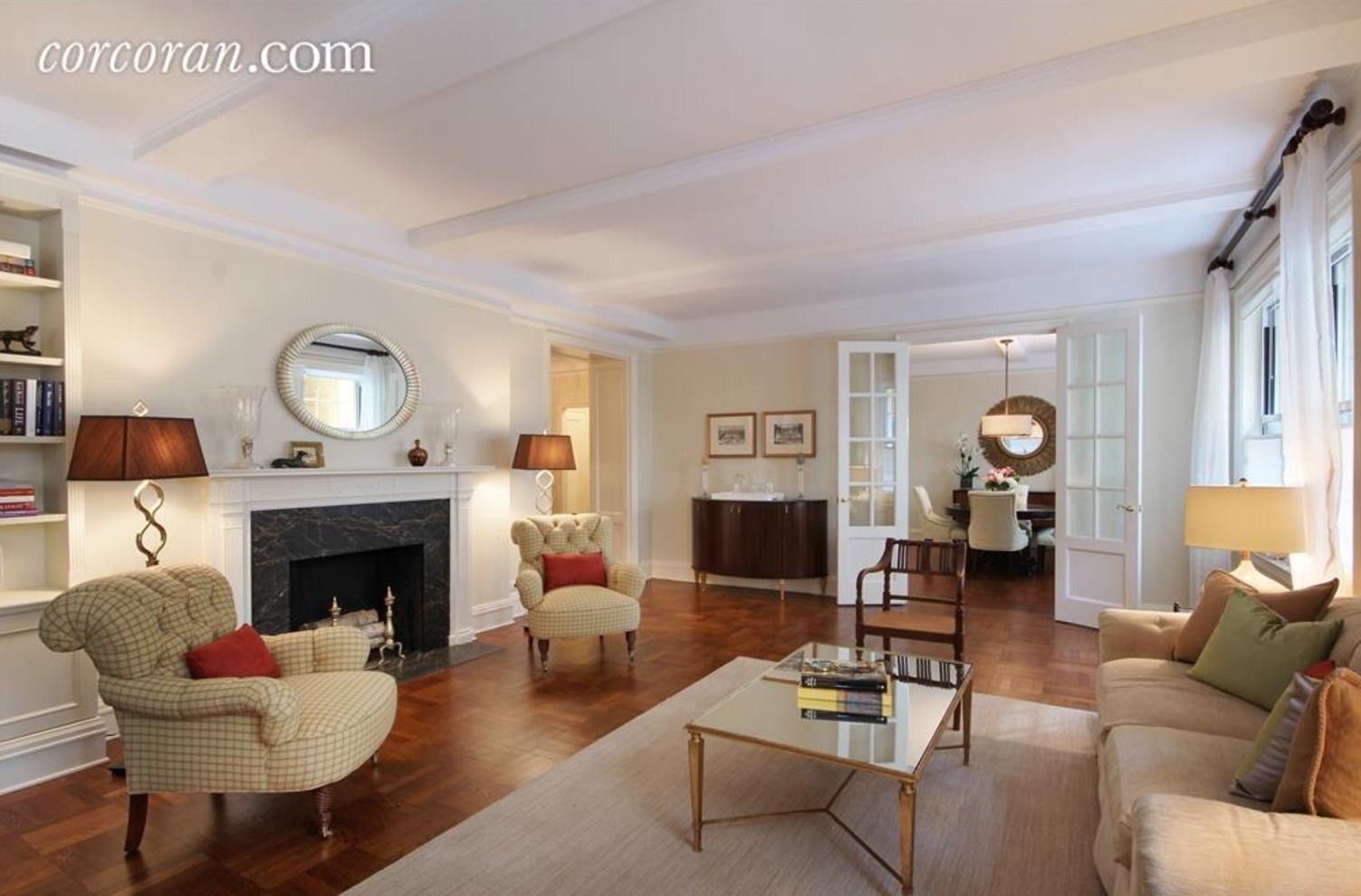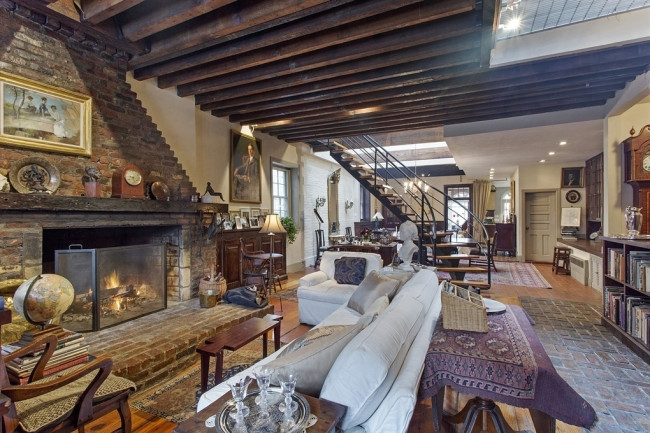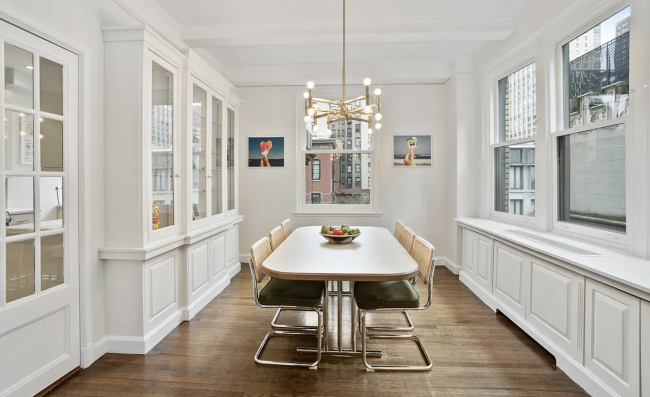What's a "classic 5" apartment, and where can I find one?

In the world of New York real estate, a "classic six" apartment has become shorthand for a certain type of stately, highly desirabtle prewar apartment. But what gets somewhat less attention is the classic six's slightly smaller (and cheaper) younger sibling, the classic five.
So what exactly is this kind of apartment that sits slightly outside of the classic six's spotlight? Quite simply (and rather intuitively), a classic five is a classic six, but minus one of the rooms. "A classic five is a prewar apartment that includes five rooms—two bedrooms, a living room, a formal dining room, and a kitchen," explains Matt Cohen of CORE NYC. "The reason it's different than a classic six is that it doesn't have the smaller maid's room. A classic six is technically a classic five, but with a maid's room."
Don't be afraid of co-ops in NYC
"Co-ops are generally 10% less expensive than condos. Their rules are designed to protect the value of your apartment and ensure your neighbors are financially sound," says Matthew Steer of SteerKelly Team at Keller Williams. "As your broker, it's our job to make sure you qualify for the building you're interested in. We have a 99.9% success rate of getting buyers board-approved." Get in touch with us >>
You may also notice a difference in the number of bathrooms, depending on the apartment. "A classic five in my view is a classic six without the staff room and the extra half-bathroom," says Christine Miller Martin of Engel & Volkers. (There's also an apartment type known as the "Edwardian five," notes Miller Martin, where the second bedroom is smaller, like a staff room. "You sort of think of the well-heeled bachelor who has his valet living with him," she says. "I have a single client who lives in one, and the extra room is a great little guest room or study. But it's not a full two-bedroom.")

Given the realities of the New York City real estate market, the smaller extra "maid's room" in a classic six is often used as an extra family bedroom, and thus can make a big difference in price, bedrooms being such covetable square footage. "A staff room can be extremely valuable," says Miller Martin. "I'm from New York, and a lot of kids I knew grew up in 'staff' rooms."
As such, she says, the value of the extra staff room in a classic six can add anywhere from an extra $300,000 to $500,000 compared to what its value would be as a classic five. "If you can get a classic five for $1.6 million or $1.7 million, then the prices for a similar classic Six would start in the low $2 million range," Miller Martin adds. Of course, the price differential will depend heavily on the apartments' size, location, quality, and other factors.
In the first quarter of 2017, says Miller Samuel appraiser (and Douglas Elliman market report author) Jonathan Miller, the average sales price for a Classic Five co-op was $1,779,162 or $1,455-per-square-foot, versus $2,677,701 (or $1,805) for Classic Sixes. That shakes down to a nearly $900,000 premium for the sixes, or a difference of $350-per-square-foot.
And while the classic five is also less common than the classic six, you'll generally find them in the same buildings and neighborhoods, usually the Upper West Side and Upper East Side, and other neighborhoods with a good amount of prewar housing stock. "I generally only run into classic fives on the Upper West Side or Upper East Side, sometimes in Sutton Place," says Cohen.
If all this talk of prewar apartments has whet your appetite for more, we've got a guide to the city's classic sixes here. Not seeing enough places for sale in your price range or target neighborhood -- and/or you'd like to avoid a bidding war? Consider expanding your search to "off-market" listings. NYC real estate brokerage The Agency, a Brick Underground partner, uses technology to mine public records and identify owners who may be ready to sell, meaning you can meet and deal with owners before their homes hit the market.
You Might Also Like






























